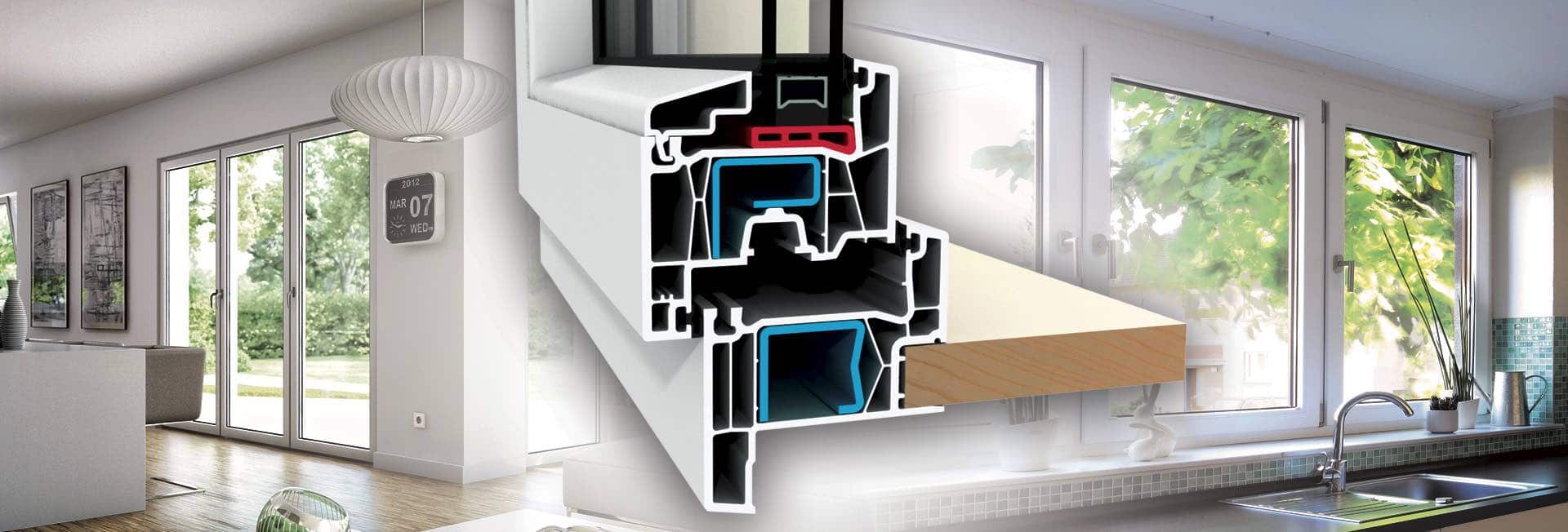uPVC
uPVC was invented in the 1920’s and possesses many physical characteristics that make it advantageous to use in window frames. It is a rigid material that is light weight, strong, durable, low maintenance, flame retardant, and has good insulating characteristics. It has been used in windows, starting in Germany, since the 1950’s. Studies show that more than 90% of all residential windows in Europe are uPVC, constitute up to 70% of windows in North America, and is building an increasing presence here in NZ.
uPVC for windows
As with all windows and doors regardless of material, the products you choose must comply with the New Zealand Building Code, for structural integrity, durability, weathertightness, and safety. Before making a purchase, discuss the clauses and their provisions, with your intended supplier.
UV radiation in New Zealand is often quoted as being amongst the harshest in the world. Whilst our UV exposure might be high it is in-line and in some cases below other areas around the planet where uPVC window frames are used. Titanium Dioxide is a ‘natural sunscreen’ and is used in the formulation of uPVC to help counter the effects of UV light, however, specifying higher levels of TiO2 is not the only way to increase the UV resistance of uPVC. Again, discuss the UV stability of the product you are intending to purchase with your supplier.
In terms of the NZBC, Clause B2 of the Building Code provides the Durability Requirements for building components and nominates that external windows must demonstrate an expected durability of not less than 15 years, regardless of material.
All windows, including windows made from uPVC, must be tested, and certified as complying with the requirements of the Building Code, for the wind zone into which they are going to be installed. Imported windows and window systems tested to international standards and will need to be assessed and signed off as being suitable for the building and site. Refer to the Guide to ‘Quality and Performance of your Windows and Doors’ for more information.
Durability of uPVC for Windows in New Zealand
Compliance with the durability clause of the Code can be demonstrated through one of three methods:
- In-service history,
- Laboratory testing, and
- Comparable performance of similar building elements.
The commonly accepted method is to test by artificial ageing, where the uPVC is exposed to an environment significantly more severe than its intended climate zone.
The Window & Glass Association ‘Guide to uPVC Window Profiles in New Zealand’ introduces a simplified performance requirement based on two commonly used international standards, EN 12608 and EN 513. The ‘severe climate’ specification from EN12608 requires modification to demonstrate the minimum 15 year durability requirement of the New Zealand Building Code.
Conclusion
When looking to purchase uPVC windows and doors, discuss the product and its performance in the NZ climate with your intended supplier.




